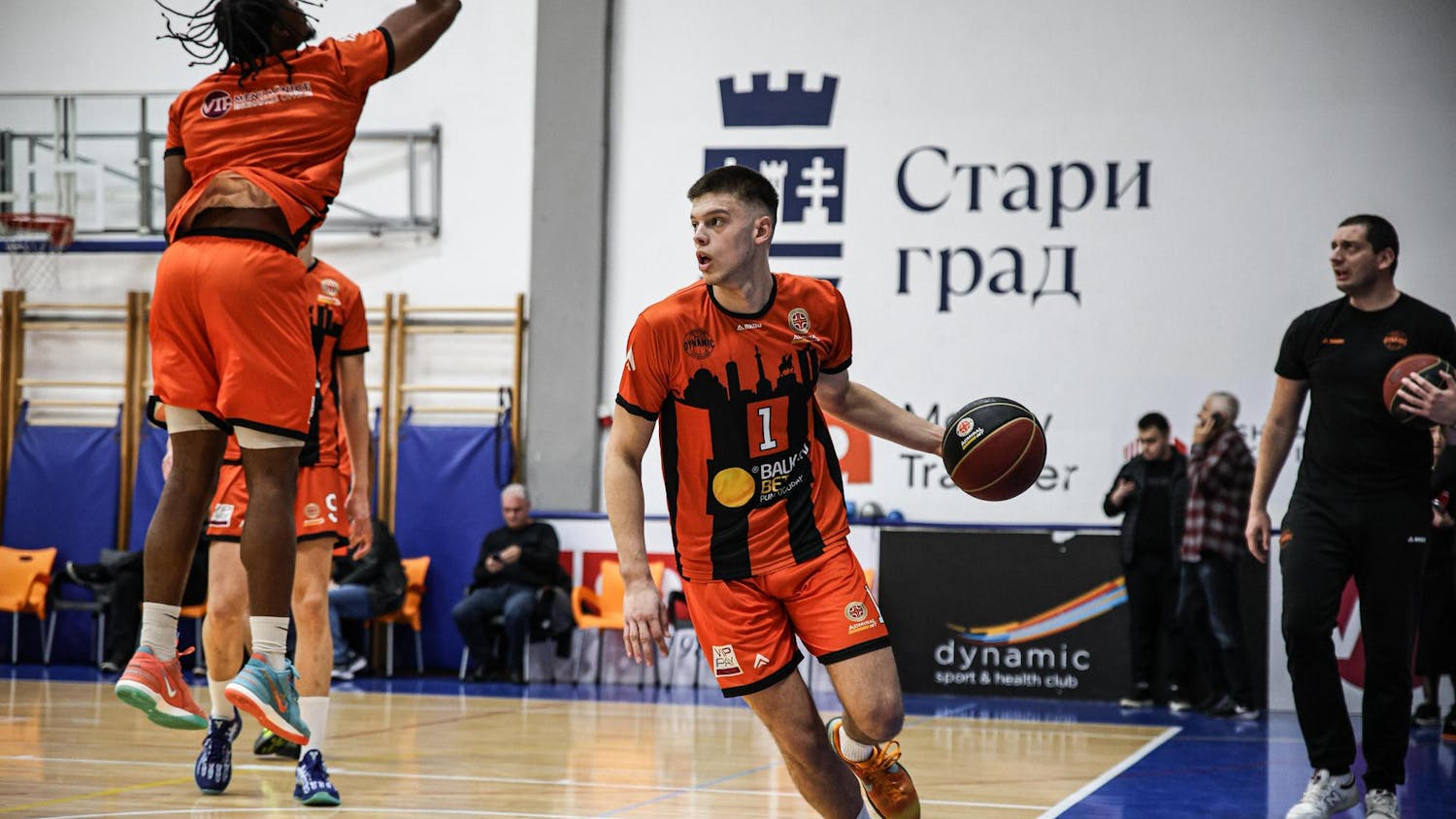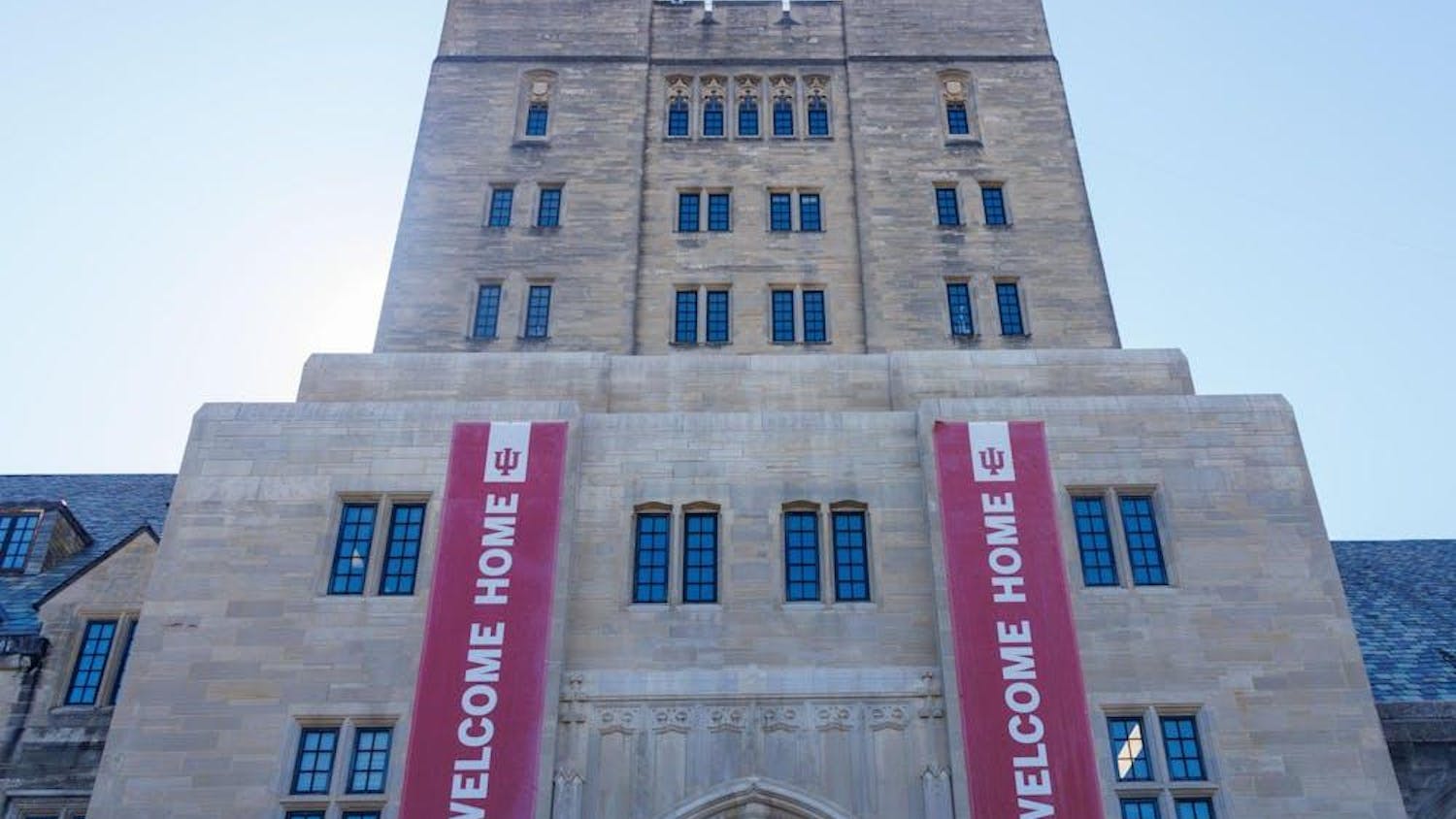The 2014 NCAA Men’s Basketball Championship couldn’t have been more poetic.
On one hand, you had Connecticut — a team whose starting lineup consisted entirely of upperclassmen, led by an understated and well-respected coach, Kevin Ollie. The Huskies didn’t manage to wow anyone all year, and their tournament expectations were lukewarm at best when they ended the regular season ranked No. 21 after starting the season at No. 18.
Although the Huskies’ lineup consisted of three players who were on the team when they won the championship in 2011 — behind future NBA draft pick Kemba Walker — few believed experience and familiarity with the system alone could propel this underperforming seventh seed to college basketball’s summit.
On the other hand, you had Kentucky. Many hailed this year’s draft class in Lexington, ranked at No. 1 in the country before the season, as the best in college basketball’s history. Led by a polarizing and oft-maligned figure in John Calipari, it felt like the team had more hype than Y2K and the Titanic combined.
However, just like with Y2K and the Titanic, the hype for Kentucky resulted in disappointment. Players struggled with their roles all year. Even consensus top-three NBA pick Julius Randle looked human at times, as inexperience reared its ugly head on multiple occasions.
They eventually gained their footing, though, entering March as one of the more intimidating teams in the nation. Most experts predicted UK’s entire starting lineup would declare for the NBA draft after the season.
So, when each team eventually made it to the National Championship, it set up a fascinating storyline and begged an important question:
Is it better for a program to promote long-term development and players who stay long enough to graduate, or is there merit in annually recruiting surefire, one-and-dones, who leave for the NBA after just one year of college?
After Monday, it looks like we have our answer.
Kentucky never even had a lead for the entirety of the game, and whenever the Wildcats began to make a run, UConn’s upperclassmen stood strong and showed veteran poise by playing stalwart defense and not taking their collective foot off the gas pedal.
Shabazz Napier took the game over by scoring 22 points, along with shooting guard Ryan Boatright’s 14 on 5-for-6 shooting. Four players had five or more rebounds. The Huskies made every free throw they took.
The game highlighted the fact that basketball is indeed a team sport at its purest. It showed the value of players spending three or four years of practices, workouts and games together, enduring adversity and success together.
It showed that even if you have the most talented group of players on the court, it doesn’t mean you have the best team.
That’s why every year we see a group of juniors and seniors from a relatively unknown school, like Wichita State, make a deep run in the NCAA Tournament. Basketball is a game of chemistry and flow, and without the years of practicing with the same teammates and learning their nuances that rapport proves to be nearly impossible to recreate.
Before this year’s championship game, Calipari said he wanted to change the term “one-and-done” to “succeed and proceed.”
But as it turns out, you can proceed whether or not you succeed. Just ask the Wildcats’ entire starting lineup.
Kentucky proceeding, but not succeeding
Get stories like this in your inbox
Subscribe



